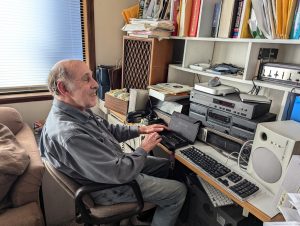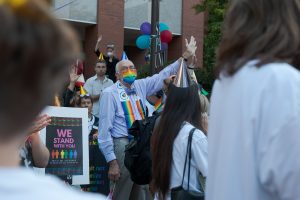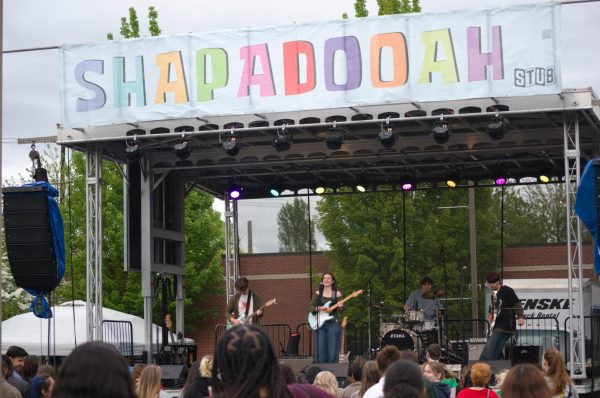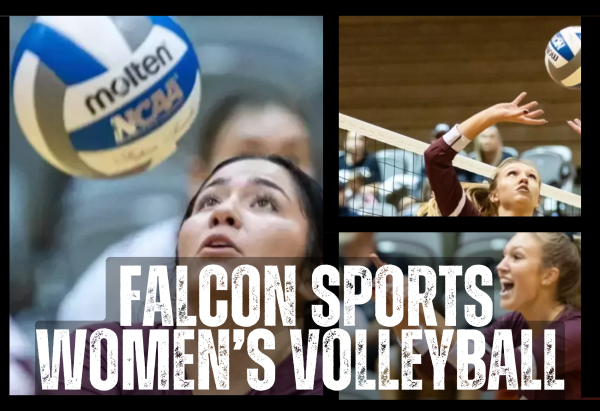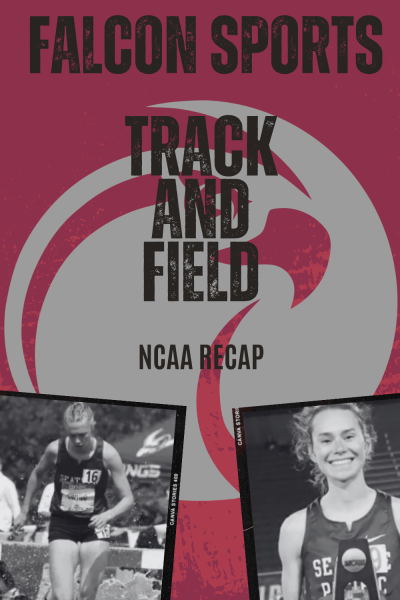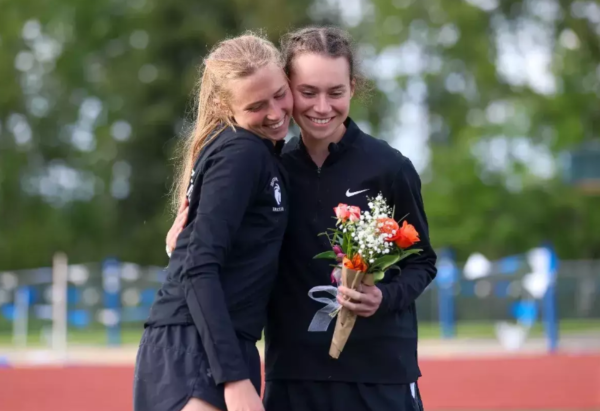Socially Distanced Dorm Evacuations
Housing announces new protocols for on-campus housing evacuations are announced about what the evacuation procedures are during COVID-19.
September 30, 2020

On September 17, the fire alarm went off in Emerson Hall, at around 4 in the morning, which required students to quickly exit the building.
“Things were sketchy, COVID-19 wise, because there were a bunch of people leaving through a very limited number of exits. Once we got out, people were good and spread apart with masks being enforced,” said first year Emerson resident Aidan Freeman.
Freeman discussed his worries about the dangers of living on campus during the pandemic. He outlined how it can be difficult to keep social distance at college while still being able to interact with his classmates and colleagues.
“When you are being social everyday and at college, sometimes it is hard to remember that you are supposed to be six-feet apart. So far, they (SPU faculty) have been really on top of it [COVID-19 safety], but I wonder if they will get tired out after a couple of months”.
With some students returning to the campus dorms and on-campus classes, there are questions about what the current evacuation procedures will look like during COVID-19. Students were sent an email from the Office of Safety and Security that outlined exactly what SPU campus evacuation procedures are. The email has a link to the Special SPU Evacuation Protocols For Covid-19. The new procedures for fire emergencies says “During a fire emergency, evacuation is the primary objective. And social distancing is a secondary objective”.
As students enter a new quarter, there are changes happening in regards to evacuation procedures. Currently, evacuation procedures are overseen by the Office of Safety and Security.
Seattle Pacific University Director of Safety and Security, Mark Reid, understands the importance of keeping students informed on evacuation procedures during COVID-19, from fire emergencies to all other emergencies that require immediate evacuation.
“[Students] are on an information overload, so we take a different approach at SPU, that we think is a lot better,” Reid explained. “We will require a bit of student’s time when doing this, by asking students to practice emergency procedures throughout the year in several drill opportunities”.

Instead of just sending out emails, Reid insists that practicing evacuations is one of the most important things students can do to be prepared for an evacuation on campus. Reid discussed the importance of students participating in these drills in order to be ready when an evacuation is necessary, whether in an age of Covid-19 or not.
Reid outlined that the Office of Safety and Security has posted maps in residence halls that review the new campus evacuation locations along with where to go if you are on a quarantined residence hall floor. Reid also stressed the importance of keeping a mask readily available at all times.
“In order to make this work the way we want it to work best, we want to try to maintain the integrity of the boundaries that are set up in the housing units already”, Reid said.
According to Reid, students can find evacuation procedures and information on what to do during emergencies in the Stop. Think. Act. booklet located on the SPU website. This booklet has information for all evacuation procedures and includes the URL for the SPU Crisis Management Plan.
Updated information on COVID-19 evacuation meeting locations for the dorms can be found on the maps posted in residential halls, next to emergency information on the walls.
SPU Health Services has posted the COVID-19 Health and Safety Expectations on the SPU website. The expectations include social distancing of six-feet, mask wearing at all times when interacting with others, practicing good hygiene daily and making an effort to limit gatherings and adhere to state guidelines and policy. Students are strongly encouraged to partake in all campus evacuation drills.
“In the light of how we do evacuations, or other emergency procedures on campus, we intend to practice these things as a community”, Reid explained.
















































































